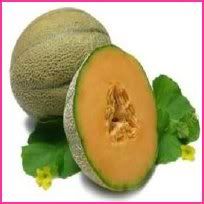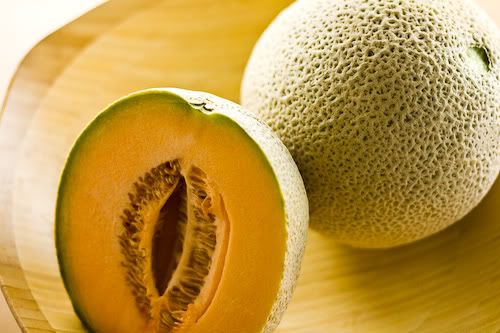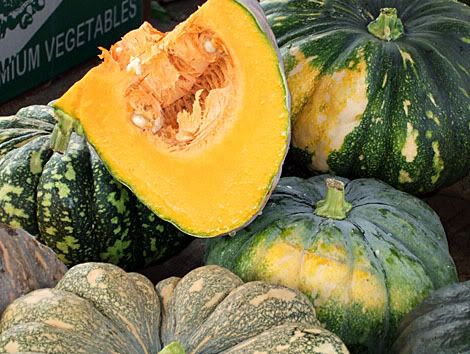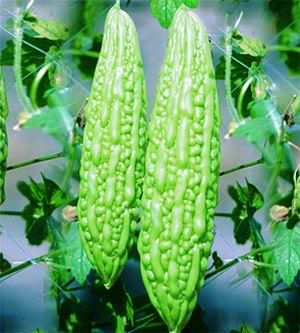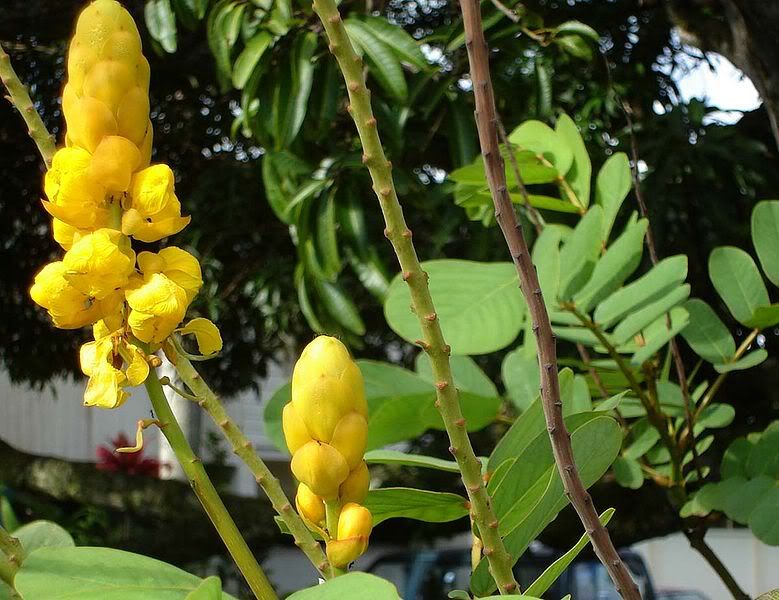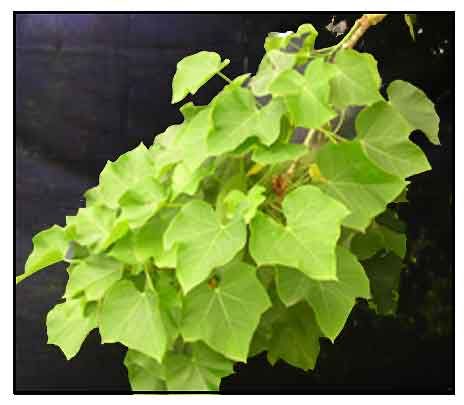
Now pantropic.
Chemical
• Seed has a toxic principle, toxalbumin curcin, belonging to the same group as croton and ricin. Comparatively, curcin causes less gastrointestinal irritation. 8 drops of this oil has been reported to cause severe vomiting, followed by diarrhea.
• Bark contains a considerable amount of chlorophyll, reducing sugars or reducing substances, saponin, a small amont of tannin, resin, and a trace of volatile oil. Bark also yields a wax which is a mixture of melissyl alcohol and its melissinic acid ester.
• Latex contains alkaloids: jatrophine, jatropham and curcain with its anti-cancerous properties.
• Leaves yield alkloids, flavonoids, saponins, tannins, phenolic compounds, steroids, terpenoids.
• Leaves contain apigenin, vitexin, isovitexin, etc used for malaria, rheumatic and muscular pains.
• Physic-nut oil consists of glycerides of palmitic, oleic, and linoleic acids.
• Seed contains a yellow fixed oil, 29-40 %, known as Hell oil, Pinhoen oil, Oleum infernale, and Oleum ricini majoris; the activity is greater than castor oil and less that of croton oil. It consists of the glyceride of a characteristic acid, in the same group as ricinoleic and crotonoleic acid, but not identical with either, with an activity greater than castor oil and less than croton oil.
Properties
- Bitter-tart tasting, cooling natured, antipyretic, antispasmodic, anti-vomiting, haemostatic, styptic, suppurative.
- Toxic; observe caution with internal use.
- Roots are emetic and purgative.
- Oil of the seed is a drastic purgative.
Parts utilized
· Fresh leaves.
· Collected the year round.
Uses
· In the Philippines, oil of seeds used as a drastic purgative.
· Decoction of roots used a cure for diarrhea.
· External applications for bleeding, ulceration of wound, pruritus.
· Decoction of leaves or roots used for diarrhea.
· Bark, slightly pounded, placed in the mouth as cure for snake bites; also applied to bites of various animals.
· The leaf decoction is also used as a cough remedy and as galactagogue.
· Poultice of bark used for sprains and dislocations. Sap is used for toothaches.
· Leaves are applied to wounds and pruritic lesions.
· A vigorous massaging of the oil onto the abdomen is believed to be abortifacient..
· Decoction of young leaves taken for fevers.
· Infusion of leaves, hot or cold, mixed with lime juice, used as lotion for fevers.
· Twigs used for cleaning teeth.
· Used for scabies, eczema, and ringworm.
· Juice used for toothaches and strengthening the gums.
· Preparation from root-bark applied to sores.
· Emulsion of sap with benzyl benzoate used for scabies, eczema and dermatitis.
· Roots used as antidote for snake bites.
· In other countries, the seed is used as antihelminthic or abortive; the leaves as insecticidal.
· Roots used as antidote against snake venom; root extract used for bleeding gums.
· White latex used as mouth disinfectant; used externally for piles.
· Fresh, viscid juice from the stem used to arrest bleeding or hemorrhage from wounds, ulcers, cuts, and abrasions; used to promote healing by coagulating blood and forming an air-tight film when dry, similar to that produced by collodion.
· In South Africa, traditionally used as laxative.
· In Gambia, leaves used to make mouthwash.
· In the Gold Coast, leaves used as ingredient in enema preparations.
· In Southern Nigeria, used as remedy for jaundice, applied by rectal injection.
· In Malaya used as rubefacient. Malays use the latex as vulnerary.
· In the Cape Verde Islands, used to stimulate secretion of milk.
· In Cambodia, applied to sores and ulcers; the leaves considered insecticidal; the seeds considered abortifacient.
· In Brazil, used as anthelmintic.
· In Goa, root-bark applied externally for rheumatism. Fresh stems are used as toothbrushes, to strengthen the gums and cure bleeding, spongy gums, or gum boils.
· In Madagascar and Guiana as an anti-diarrhetic; latex is applied to decayed teeth and wounds, and used as styptic; the roots given as emetic and purgative.
· In India, applied as cataplasm to the breasts and as lactagogue. Also, used as styptic.
· In Peru, traditionally used for external wound healing and gastric ulcers.
Others
- Curcas Oil: Used as illuminant and lubricant. Belongs to a class of semidrying oils and used in the manufacture of soaps and candles.

